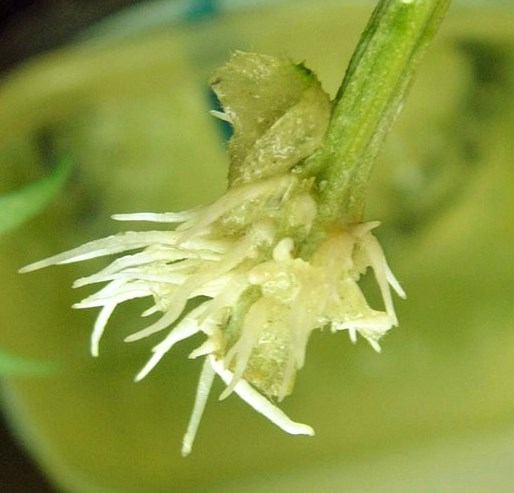As mentioned in previous articles, auxins are natural substances, derived from plant metabolism, which are produced with the aim of activating or inhibiting certain processes within the plant.
The auxinic phytohormone par excellence is Indoleacetic Acid, which is derived from the amino acid tryptophan, through specific metabolic pathways. These routes are also shared by some fungi, bacteria and microalgae.
However, for their application in agricultural crops, it is necessary to apply them exogenously at specific concentrations, which is why the agrochemical industry has developed synthetic molecules that mimic the structure, absorption, assimilation and effect on the plant; as is or with greater bioactivity than a natural auxin does.
Naphthaleneacetic Acid (ANA):
Growth regulator that, depending on the dose used and time of application, acts on abscission, cell division, etc., in such a way that it can both cause the fall of fruits (thinning) or prevent it, as well as induce the formation of roots in the treated area of various cuttings and cuttings or the flowering of the tropical pineapple. Control regrowth after pruning. It acts as a growth inhibitor at higher concentrations.
Indole Butyric Acid (IBA):
It is a growth regulator (when applied derived from chemical synthesis, it also exists as a phytohormone within the plant) that promotes and accelerates the formation of adventitious roots in plants. It is frequently used for the propagation of cuttings or cuttings and layers. This type of growth hormone has shown a positive effect on plant development by stimulating the formation of lateral roots. IBA was initially used as a root growth promoter for asexual propagation of ornamental and fruit plants. However, currently some studies have shown that IBA provides direct benefits in the growth of plants that are sown by seed: it promotes the absorption of nutrients, accelerates growth, favors root formation and optimizes metabolic functions.
Tests carried out in foliar and ferti-irrigation applications have shown good results in the development of horticultural crops such as tomato and in basic grains in preliminary tests carried out with IBA. In wheat cultivation, under greenhouse conditions, they have been shown to favor the development of the root, stem, as well as the absorption of N, P and K in the plant and grain production.
Beta Naphthoxyacetic Acid (ABN):
Beta Naphthoxyacetic Acid is a growth regulator, also belonging to the group of auxins, which is produced chemically at variable concentrations, is easily assimilated via roots and leaves and is used to promote flowering, fruit set and stem development. It is useful when the roots have suffered stress, cut or attack, for healing and reactivation of growth.

